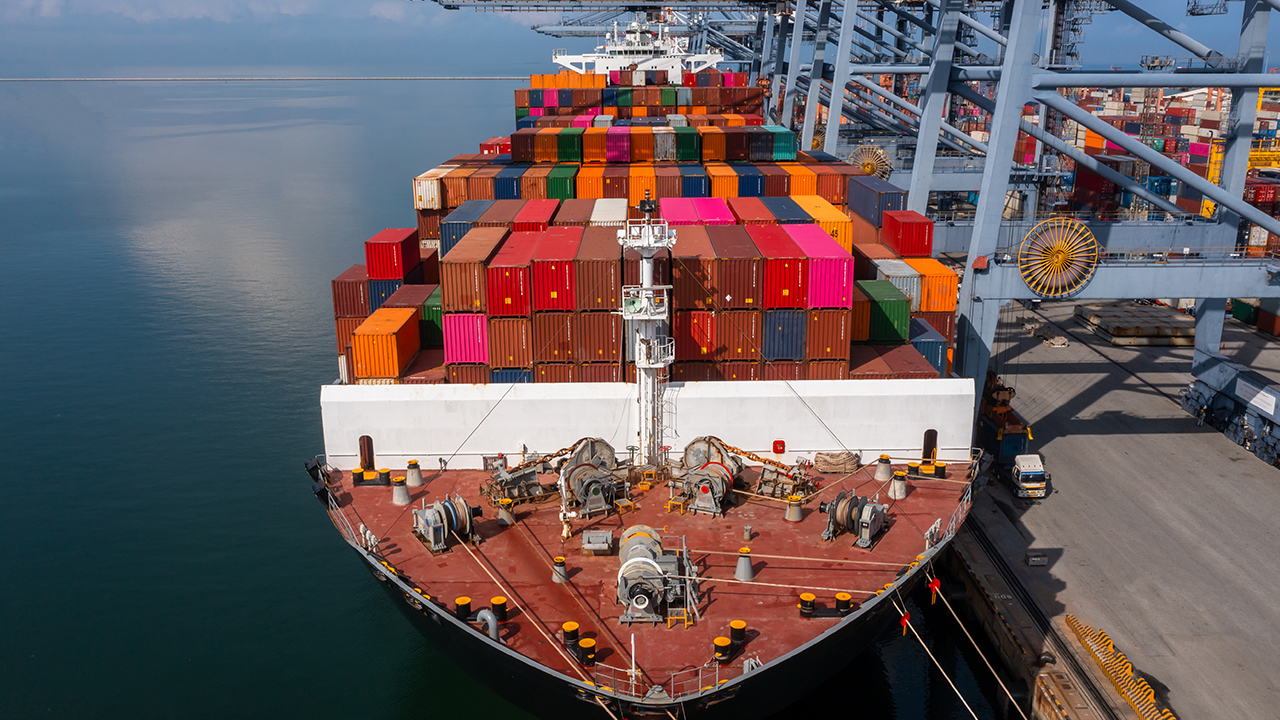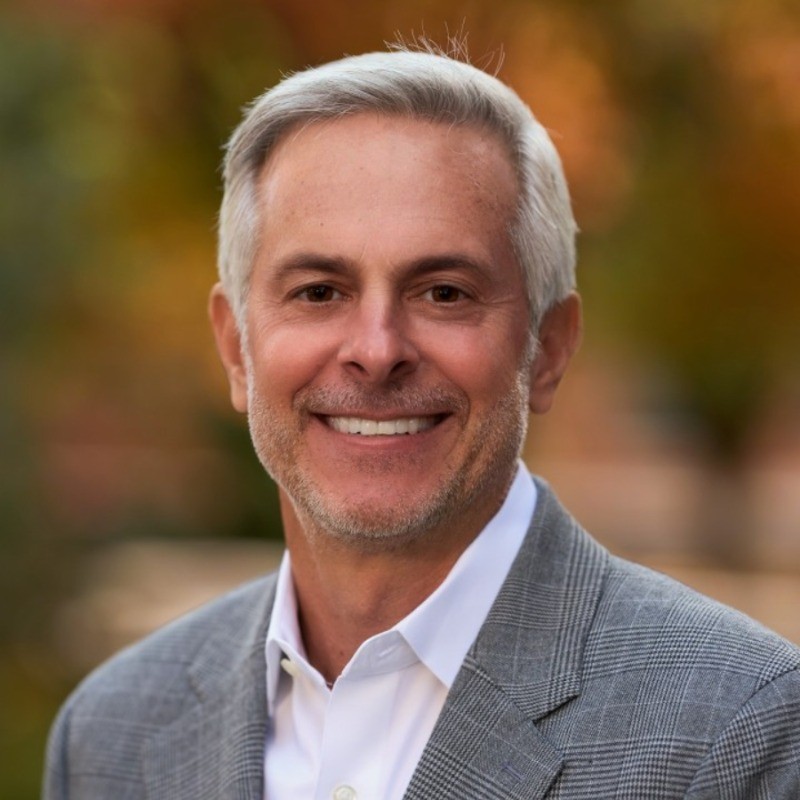Manufacturing and Logistics
In freight, it’s not about predicting—it’s about positioning for the cycle
Sunday April 20, 2025

Unpredictable tariffs are causing U.S. businesses to halt operations and reconsider supply chain strategies.
Rick LaGore, CEO of Intek Logistics, advises adopting a cyclical mindset to navigate freight challenges driven by global trace uncertainty.
The potential revival of American manufacturing is complicated by time, policy stability, and regional regulations.
Freight has a cyclical nature. If you miss one of the cycles, it’s gone. You’re moving onto the next cycle.

Rick LaGore
CEO, Intek Logistics
Tariffs change without warning. Tweets send markets spinning. While the rules may be vague for U.S. sellers navigating shipping and supply chain, the risk isn’t. Rather than trying to predict the next move, the solution lies in adopting a cyclical mindset.
We spoke to Rick LaGore, CEO of Intek Logistics, a freight provider specializing in domestic intermodal with a focus on high-touch service for complex freight lanes. In the face of tariff uncertainties, he’s seeing businesses grind to a halt. "The market is really waiting with bated breath on every piece of data that becomes available."
Ride the cycle: "Freight has a cyclical nature. If you miss one of the cycles, it’s gone. You’re moving onto the next cycle." LaGore warns that overreacting to the chaos now can throw you off course for the next freight cycle. "If you have inventory sitting in your DCs today and you know you’re not going to go out of stock in the next 30 days, hold onto that. Don’t bring that product in at this point if you know that you’re going to go out of stock."
Ride the cycle based on what’s certain. If inventory is stocked, use it. If customers are buying, do what’s needed to keep them. "It’s always hard to bring a customer back once you’ve lost them. Bring in what you need to fulfill and go from there."
Clouded in confusion: When the policy is unclear and markets are on edge, the instinct is to wait. "We’ve got shippers that are canceling orders because they don’t know what to do," LaGore says. "They don’t know whether to operate under a new methodology that starts tomorrow or wait and hope it all cleans up by May 1."
Some freeze, some stay the course, and others rush to beat a policy that could change by morning. "It’s very difficult for business leaders to make a decision," he admits. "But that’s what it’s all about: making the best decision possible with the information you have."
It’s very difficult for business leaders to make a decision. But that’s what it’s all about: making the best decision possible with the information you have.

Rick LaGore
CEO, Intek Logistics
Hopeful holiday season: The end of Q4 2024 saw rates stabilizing and volumes increasing, until the tariffs came into play. "As soon as the tariffs announcement was made, we saw people canceling orders and sitting on their hands."
While June 2025 initially seemed like a potential next positive phase in the cycle, "at this point, June has set sail," confirms LaGore. "That’s not going to happen. There’s a possibility that retail season—Christmas—will be the next logical choice for freight to start to take off. We still have an opportunity to make that happen."
American manufacturing surge: There’s talk of reviving American manufacturing, but LaGore is cautious. Building plants, reshaping supply chains, and training a new workforce all require time and stability. "Some of these things will take three and a half to four years to get online," he notes. "Well, in three and a half to four years, we may have another administration in place. Will the rules change?"
Even if policy holds, there’s more to consider: workforce readiness, environmental regulations, and regional pushback. "Where would these jobs be produced?" LaGore questions. "Different states have different requirements. What comes out of the smokestacks? Some states might not want to have some of this manufacturing in their location. There’s a lot of analysis that needs to go on."
Still, LaGore is confident that freight can keep up if the cycle heads toward American manufacturing. "When capacity is needed for freight, we're going to find drivers," he says. "We’re in the trench for a bit longer," warns LaGore. "We’re just waiting for the next data point." When the cycle turns, businesses need to be positioned to move.